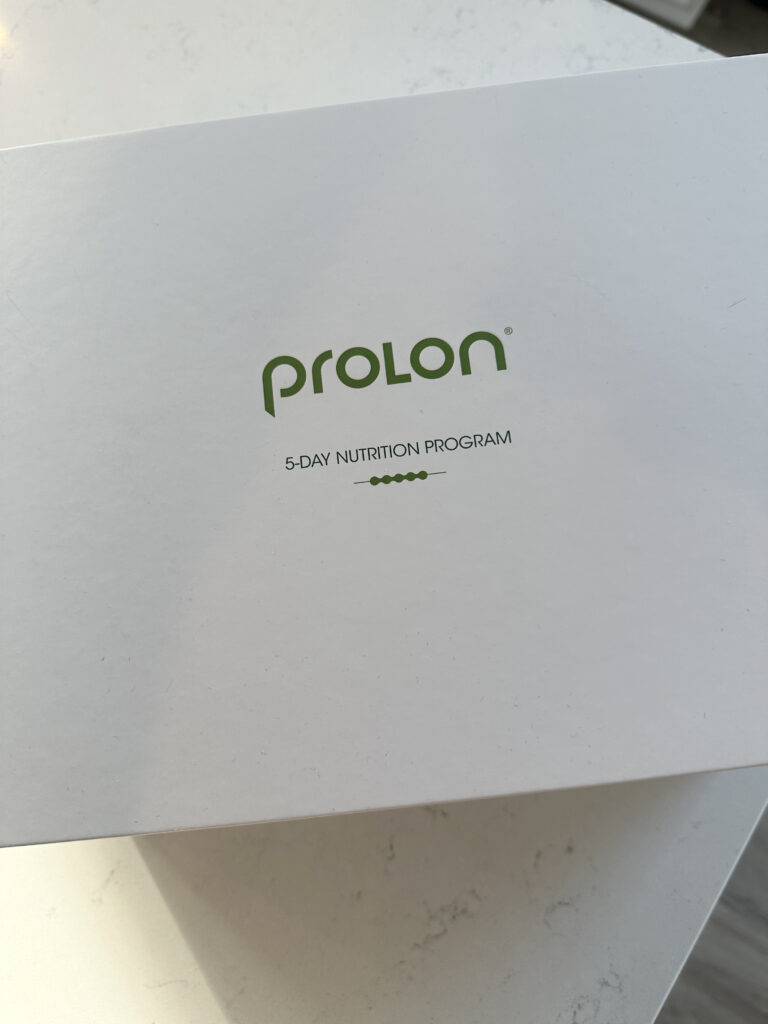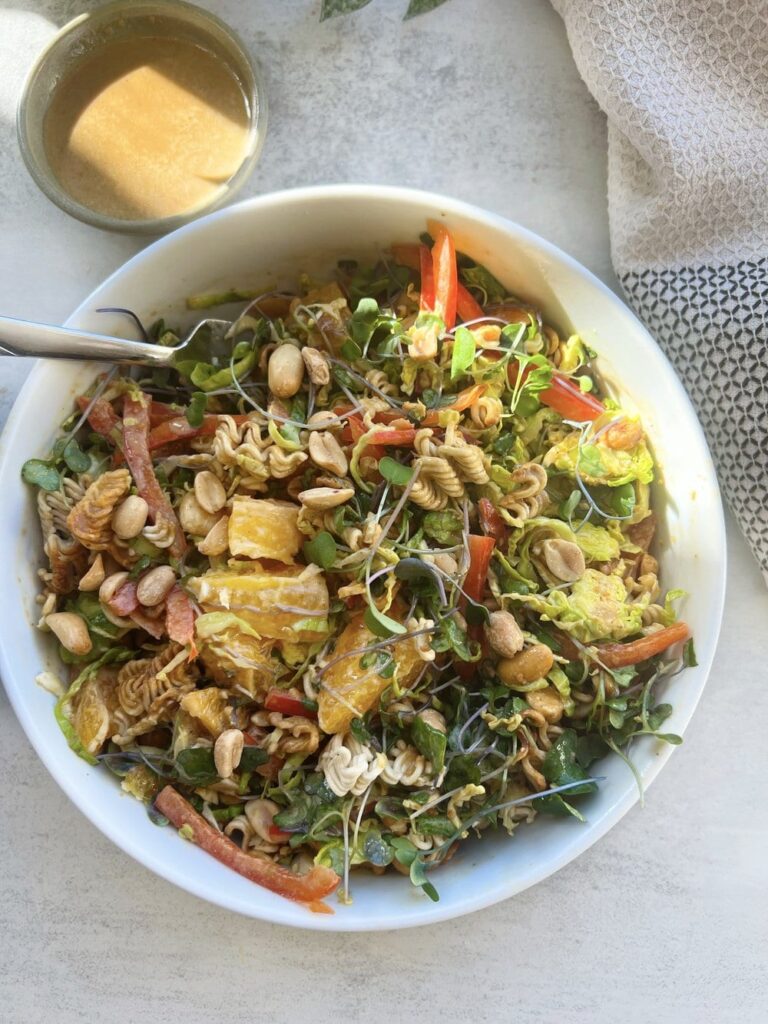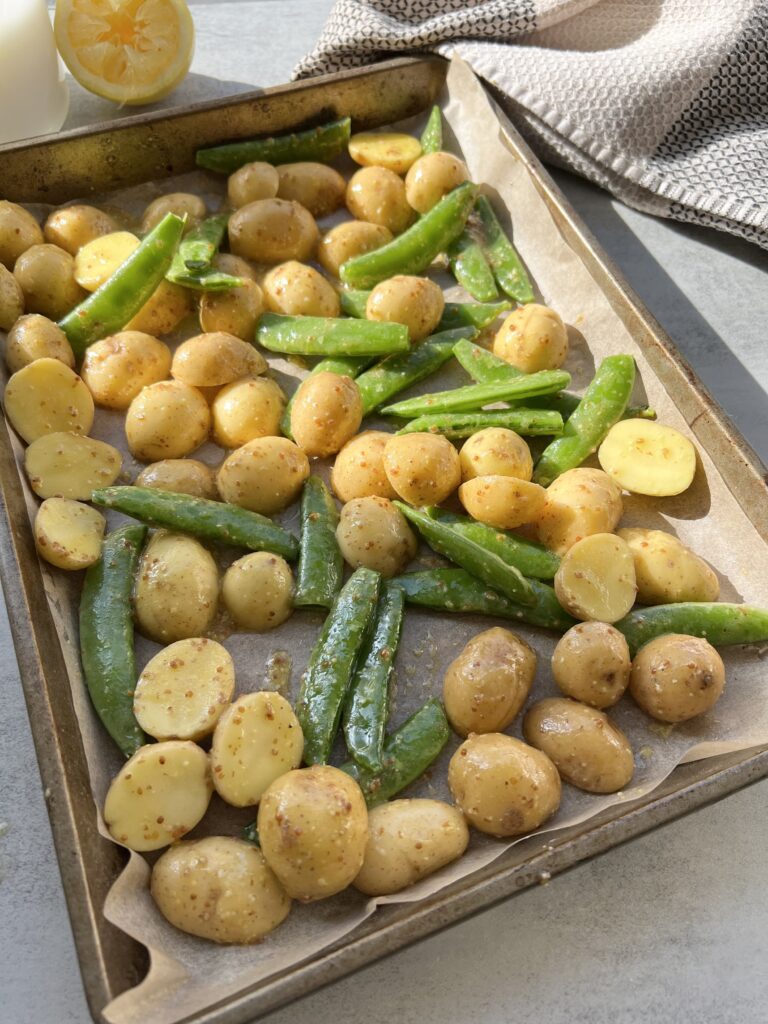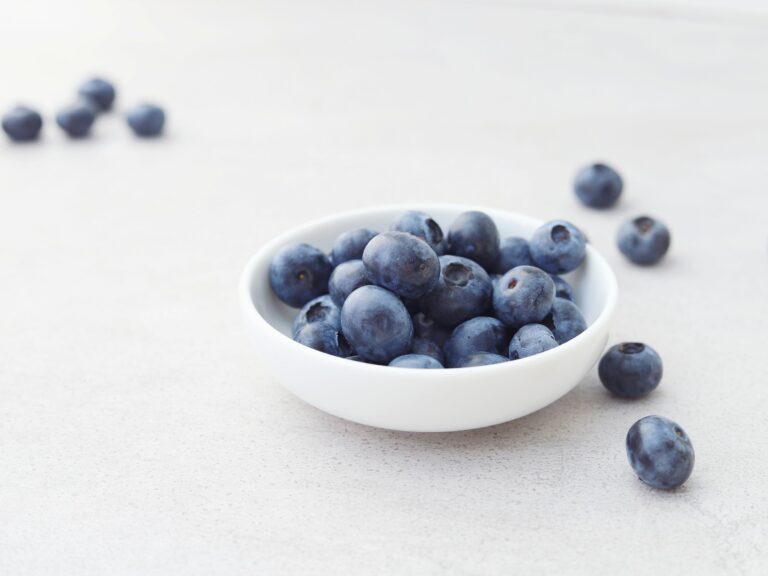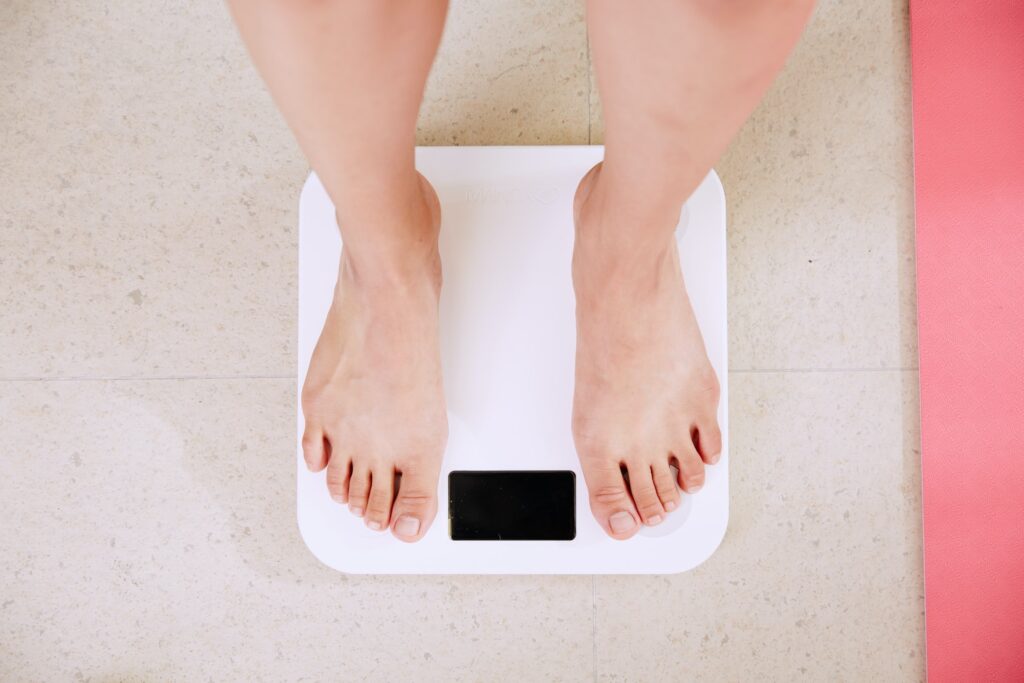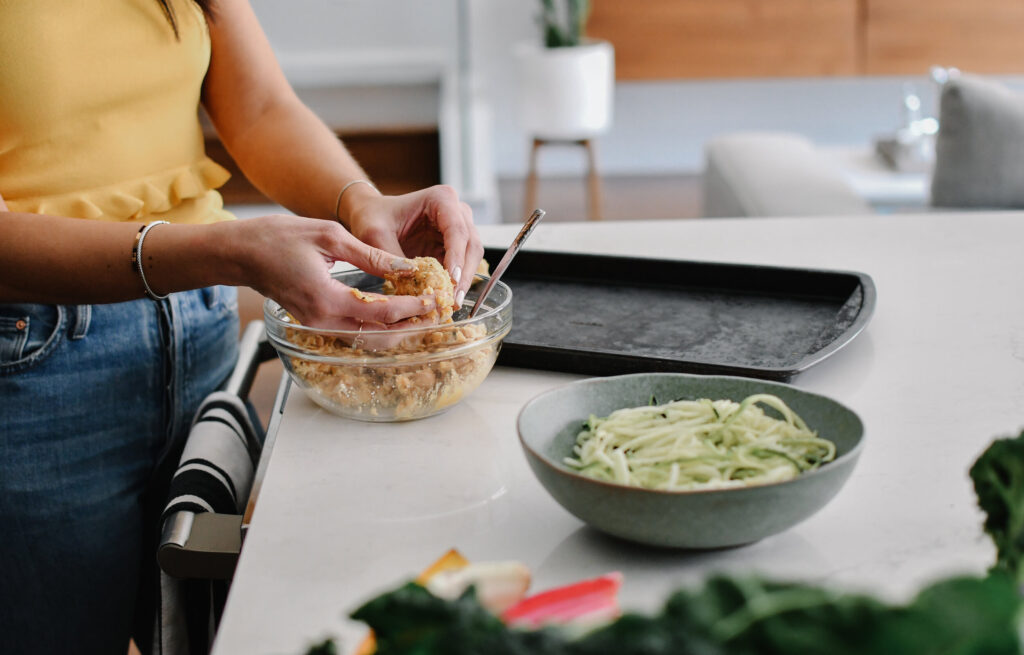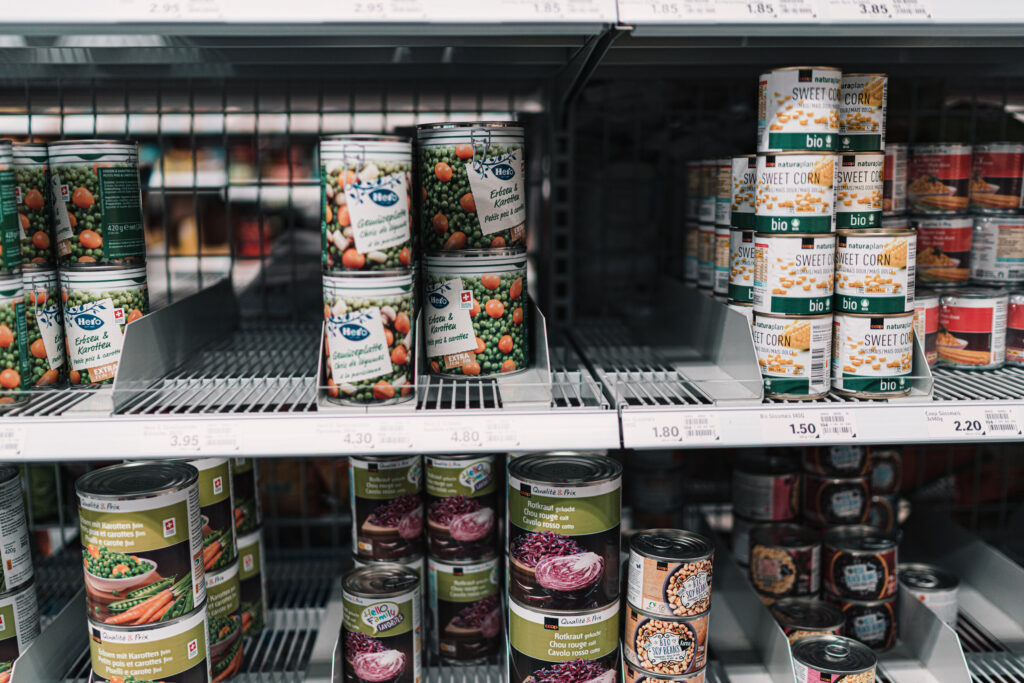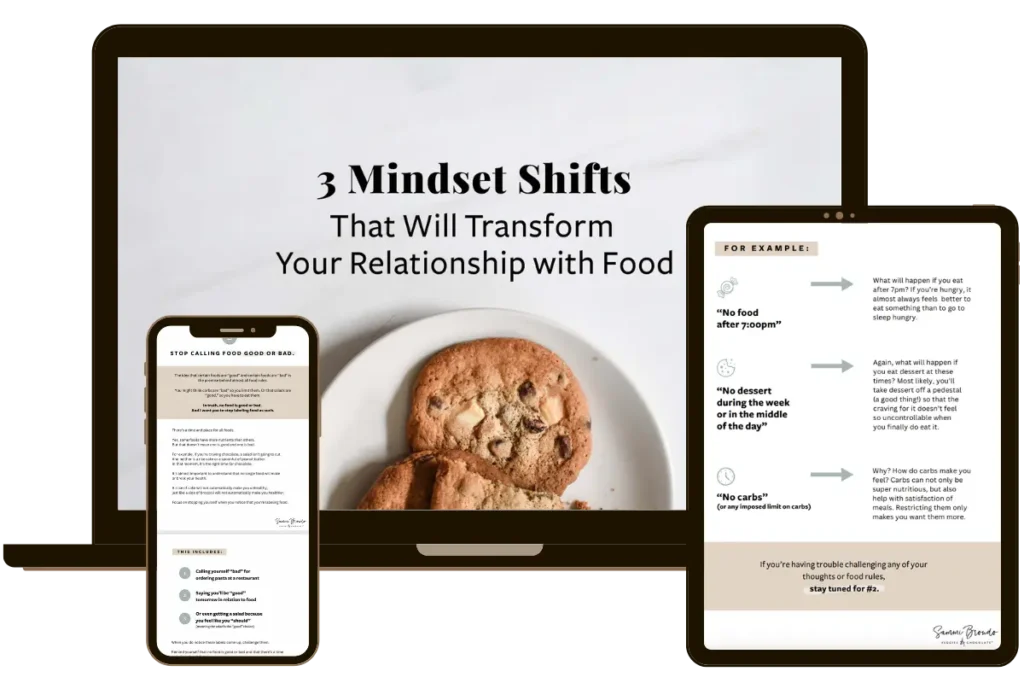
This could be the most vague and general blog post I’ve ever written. Creating a healthy relationship with food is, of course, a loaded topic. And it’s highly individual. But, it’s also super important. So hopefully this blog post can at least give you somewhere to start.
I think the idea of a “healthy relationship with food” gets thrown around a lot but, what is a healthy relationship with food exactly? And why is it so important?
In a healthy relationship with food, you’re not questioning all – or any – of your meal choices. You don’t look at food in a hierarchy, as if some foods are better than others. And you don’t feel good, bad, guilty or ashamed when you eat anything.
You might already know some of the reasons why creating a healthy relationship with food is so important. For starters, we have to eat every single day, multiple times a day. I’m a firm believer that thinking about what to eat, and the act of actually eating, shouldn’t cause us any stress or take up any unnecessary mental space.
Plus, food should be enjoyed. There’s a reason food is usually a part of holidays, special events and occasions. Food brings people together. It can be nostalgic. And it can be fun! But, when obsessing over food clouds the actual act of eating food, it can also get in the way of a lot of these joyful emotions.
Side note: please know that because a “healthy relationship with food” is such a buzzword right now, a LOT of diets try to market themselves as one in the same. But here’s the deal: anything that causes you to overanalyze, categorize into good vs. bad categories or restrict what you eat in any way is NOT a healthy relationship with food. It’s a diet.
In order to create a healthy relationship with food once and for all, we need to get rid of the diet.
Again, while this blog post can’t give you everything, I hope it at least gives you a solid foundation to start. Let these 5 steps be your guide!
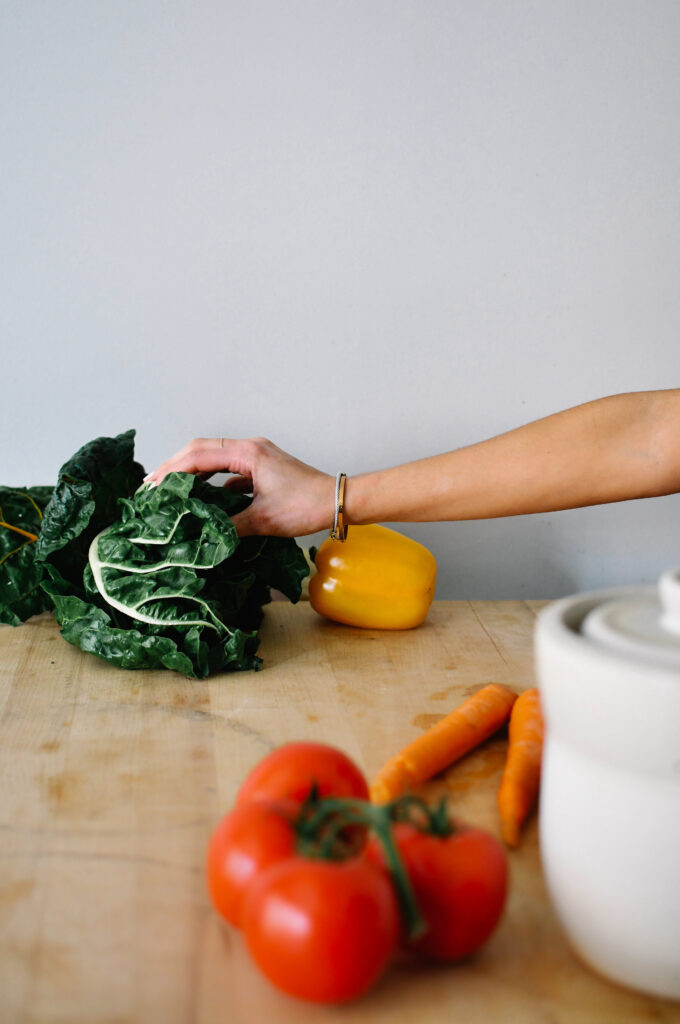
1. Give Yourself Permission to Eat All Foods.
Give yourself unconditional permission to eat all foods. Craving a cookie on a Monday? Go for it. In the mood for pizza for lunch? Allow it. Want a salad for dinner? You have permission to eat that too.
When you don’t allow certain foods – even subconsciously – those foods get put on a pedestal. Let’s say you tell yourself that you’re not allowed to have ice cream. Likely, you start thinking about ice cream… a lot. In fact, you keep thinking about ice cream nearly every day and night, to the point where ice cream becomes overly tempting and all you want is – you guessed it – ice cream.
In this situation, you’ll also likely finally eat the ice cream. But, because you haven’t allowed yourself ice cream and have been wanting it so badly, by the time you do it, you probably eat a lot of it. And quickly. And don’t even enjoy it. In fact, you probably feel guilty. So you tell yourself you can’t have ice cream anymore. And so the cycle continues.
The only way to break this cycle is to give yourself unconditional permission to eat all foods. When you do this, at first, you might want ice cream a lot. That’s because you’re making up for that lost time where you didn’t allow the ice cream – this is okay and normal! But eventually, once you finally satisfy that craving – and know that you can truly have ice cream any time you want it – the desire to eat it really will start to feel less overwhelming and all consuming.
When you give yourself unconditional, nonjudgmental permission to eat all foods, you’re able to actually ask yourself if you want a given food or not – knowing that if you don’t want it, you have permission to eat it any other time too.
When you allow yourself permission to eat any food, any time, you’ll eventually find that you start to crave a mix of different food groups and nutrients, too

2. Know That No Food Is Good or Bad.
Food has no moral value. No food is inherently good, while no food is inherently bad. Some foods have more nutrients than others, and some may be more satisfying in the moment. There’s a time and place for everything.
Eating some broccoli won’t automatically make you healthier. Just like eating one cookie won’t automatically make you unhealthy. One food alone – or one single moment – doesn’t affect our overall health that much.
It’s what we do on the whole that matters most.
But, when you classify foods as good vs. bad, you place judgement on the food and also on yourself for eating it. You may think you’re “bad” for eating a cookie and “good” for eating broccoli. And then, you might feel guilty for being “bad” and tell yourself you’ll be “good”… only to restrict again, crave the foods you’re restricting, and eventually eat them and feel badly. And that cycle above continues yet again.
Instead, remove any judgment and labels from food. Food is just that – food. No food is good or bad and there’s truly a time and place for everything. The best food for you to eat is the food that you crave in that moment.
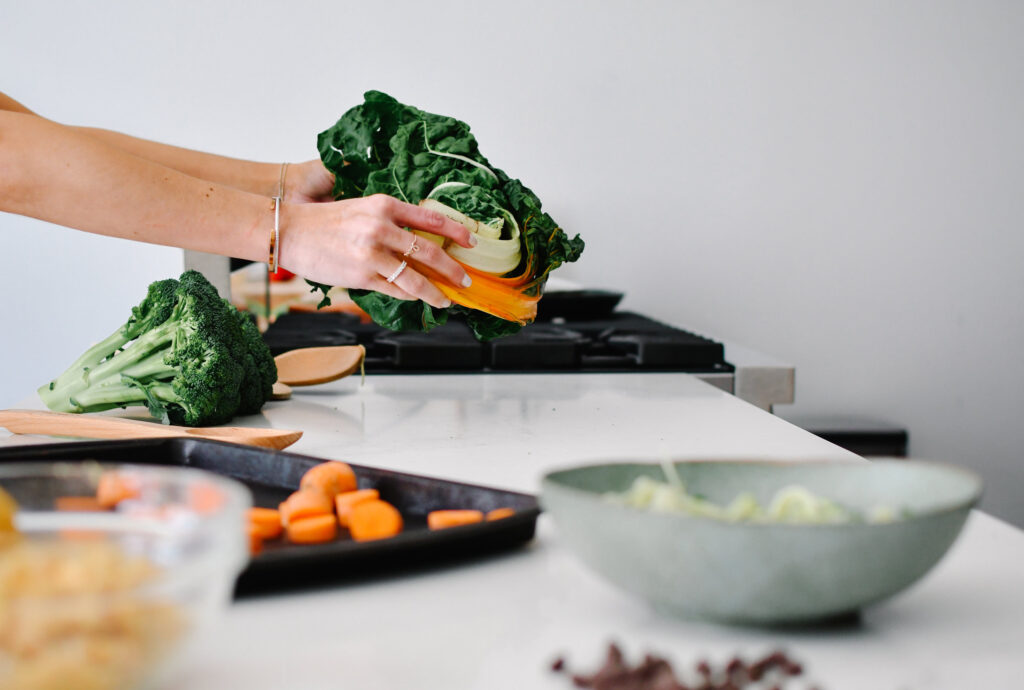
3. Eat Filling and Satisfying Meals and Snacks.
Filling and satisfying are two different things. When something is filling, it physically fills your stomach. You feel like you don’t need any more food and are no longer hungry. When something is satisfying on the other hand, it leaves you feeling content mentally.
For example, let’s say you ate a big salad for lunch with tons of veggies. It might’ve left you feeling physically full, but also wanting more food – maybe a piece of bread or some kind of dessert. That’s probably because the salad wasn’t satisfying. It filled you up physically, but mentally, left you wanting more.
Alternatively, imagine you realized you were in the mood for chocolate and had some when you were hungry for an afternoon snack. The chocolate may have satisfied your craving, but likely, didn’t really fill you up physically and left you still feeling hungry.
Ideally, we want meals and snacks to be both filling and satisfying.
When your meals are both filling and satisfying, you can eat them and then move on. You don’t spend time thinking about food afterwards, because you’re both physically full and mentally satisfied.
Doing this for sure takes some thought at first. You’ll have to think about 1) what am I in the mood for/what sounds good right now? and 2) how can I make this meal or snack more balanced and filling?
Over time, thinking about those things will start to become second nature. It won’t be something you need to think too much about before each meal or snack. And then, once you’ve got that down, thoughts about food after the meal or snack will slowly start to dissipate too.
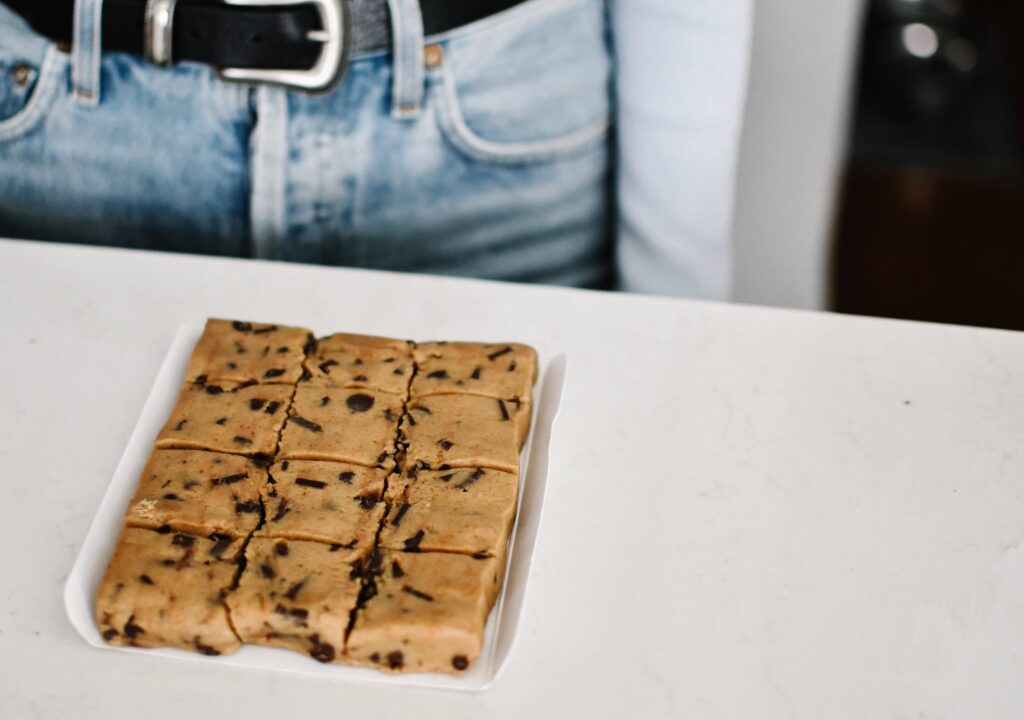
4. Honor Your Cravings.
This goes pretty hand in hand with numbers 1-3, so it hopefully also makes sense. When you have a craving, honor it. The best way to stop obsessing over and satisfy a craving is to honor it.
How do you honor a craving? By eating the food you’re craving. Simple as that!
If you’re craving lasagna, eat lasagna. If you’re craving pasta, eat pasta. Cravings are satisfied only by eating the food that we’re craving.
Let’s say you’re craving chocolate, but try to have fruit instead, it might work… temporarily. But, you’ll realize you aren’t fully satisfied and might go to have something else instead – maybe you’ll try popcorn this time. But then you’re still unsatisfied, so you try crackers with peanut butter. And you’re still not really satisfied.
Instead of jumping through all those hoops and trying 4929 foods to satisfy your craving for chocolate: just eat chocolate. It’ll be quicker, more satisfying, and ironically, also less food overall than when you try to satisfy a craving for chocolate with something else.
And remember, avoiding foods you love and ignoring cravings only makes those cravings stronger. By honoring a craving, you allow yourself to feel satisfied in that moment pretty immediately, so that you can stop obsessing over it and simply move on.
It may be difficult at first, but remember: you’re not bad for eating any certain food and you have permission to eat all foods. When you know this and use this to satisfy a craving, you allow yourself to eat the foods you crave and eventually just move on, without overthinking or obsessing.

5. Eat Mindfully.
Lastly, whenever you eat, try to eat mindfully. Of course, this isn’t possible for every single meal. You’re busy! Sometimes you’ll have to eat while working or while doing other things. Sometimes you’ll have to eat out of convenience when you have time. Trust me, as a new mom, I get it! And that’s totally okay. But, as much as you can, try to eat mindfully.
Eating mindfully means really taking in what you’re eating and enjoying it. Sit down with your meal. Put it on a plate or in a bowl. Chew your food slowly and really allow yourself to taste it. Is it crunchy? Salty? Creamy? Sweet?
Have you ever had a situation where you’re eating quickly or even eating while standing up and not really tasting what you’re eating? Spoiler: we’ve all been there. When you do this, it can leave you feeling pretty unsatisfied. It leaves you with that feeling of “what did I just eat” or “did I even want that?!”
Instead, focus on eating mindfully as much as you can. When you sit down with a meal and really let yourself taste and enjoy it, it also helps you to feel more satisfied.
By now you know that feeling satisfied is a huge piece to not obsessing over what you eat. When you know that you can eat any food you want whenever you want it, that no food is good or bad, honor your cravings, and allow yourself to enjoy the food you’re eating, it leads to more satisfaction overall and again, less obsession with food.
Something super important to note: with all of this, please, please, don’t expect perfection. Perfect eating or a perfect diet simply doesn’t exist. Because life happens!
Some days you’re busy and can’t eat what you know we’re craving. Or you’re not able to sit down and eat mindfully. Sometimes you might have to eat out of convenience and grab a snack when you’re not hungry because you know you won’t get a chance to eat one later.
Doing these things doesn’t make you unhealthy or foster an unhealthy relationship with food. In fact, they do the opposite: they allow you to be flexible and eat in a way that works with your daily life, instead of altering your life to work with your meals and food schedule.
When you finally stop obsessing over food, I think – and hope – you’ll find that life expands in so many ways. It allows you to fill your cup with activities and things you love instead of obsessive thoughts about food. It lets you enjoy holidays, family traditions, meals with friends and date nights without thinking twice about what you’ll be eating, obsessing or feeling badly about anything.
Truly, it’s one of the most freeing feelings you can have.
Please remember that this blog post is only the tip of the iceberg when it comes to creating a healthy relationship with food. There are so many more aspects and of course, it’s different for everyone.
As much as I wish I could share every single tip in a blog post, that would be nearly impossible. Instead, if you want to learn more about creating a healthy relationship with food, here are a few more resources I highly recommend:
- 7 Days to Make All Foods Fit e-book
- All Foods Fit membership program
- Intuitive Eating by Evelyn Tribole and Elyse Resch
- Breaking Free From Emotional Eating by Geneen Roth
- Join our waitlist to schedule a nutrition consult with my team
Want more tips on creating an easy, sustainable healthy relationship with food? Check out my membership program, All Foods Fit, with 12 thorough lessons to teach easy ways to create a healthy relationship with food. Or, check out my e-book, 7 Days to Make All Foods Fit, to learn a step by step guide to create a healthier relationship with food in just 7 days.

